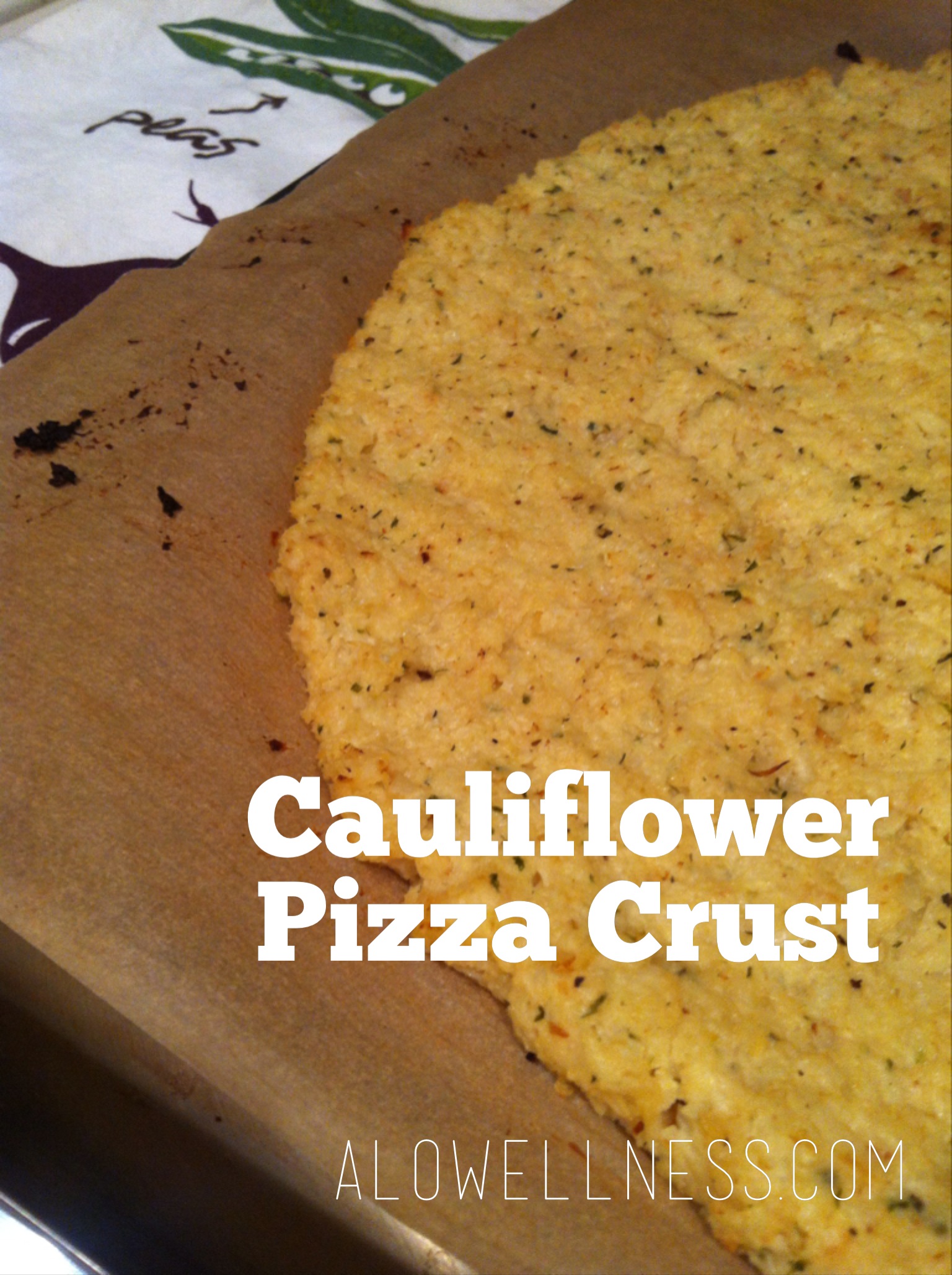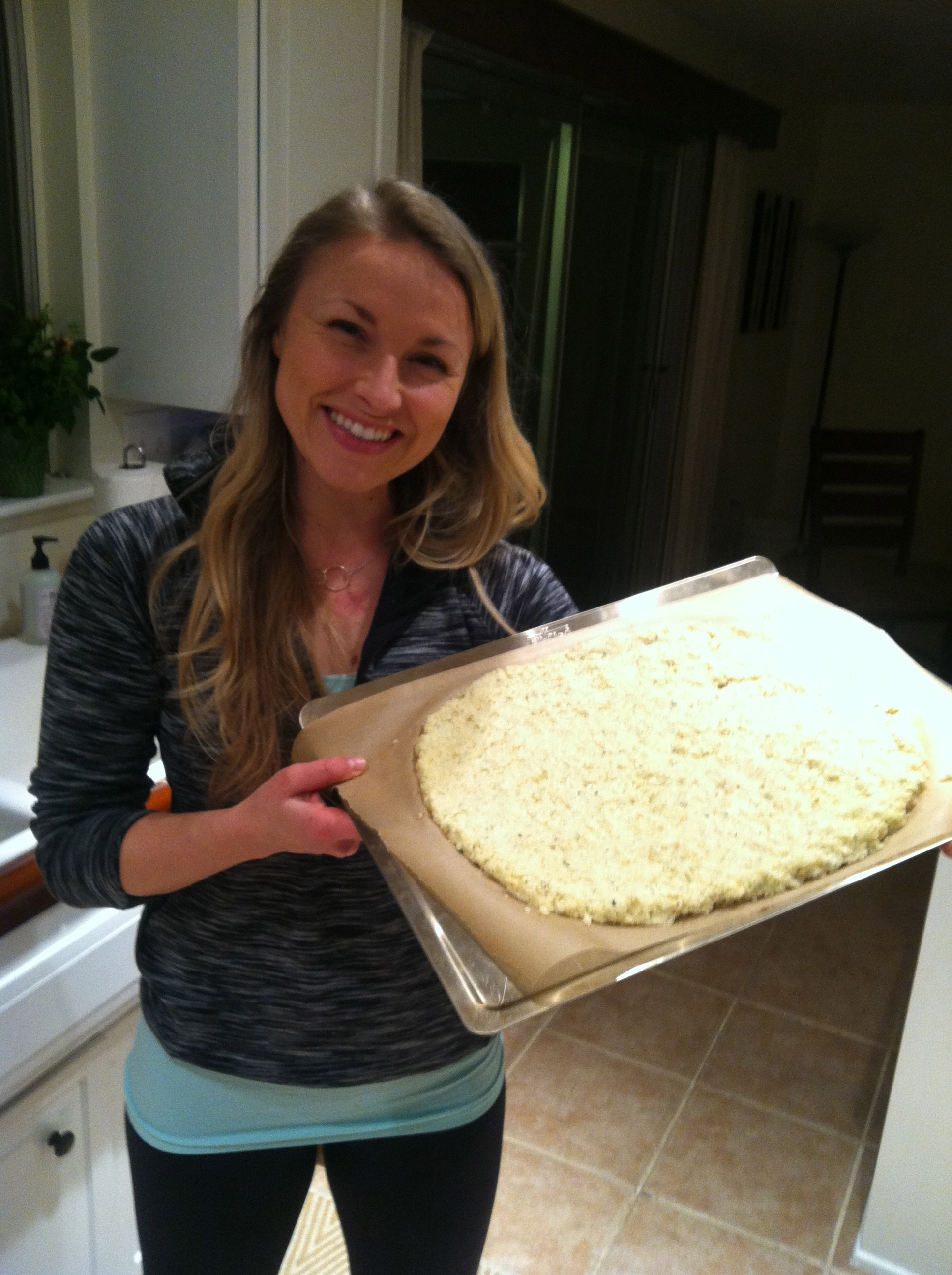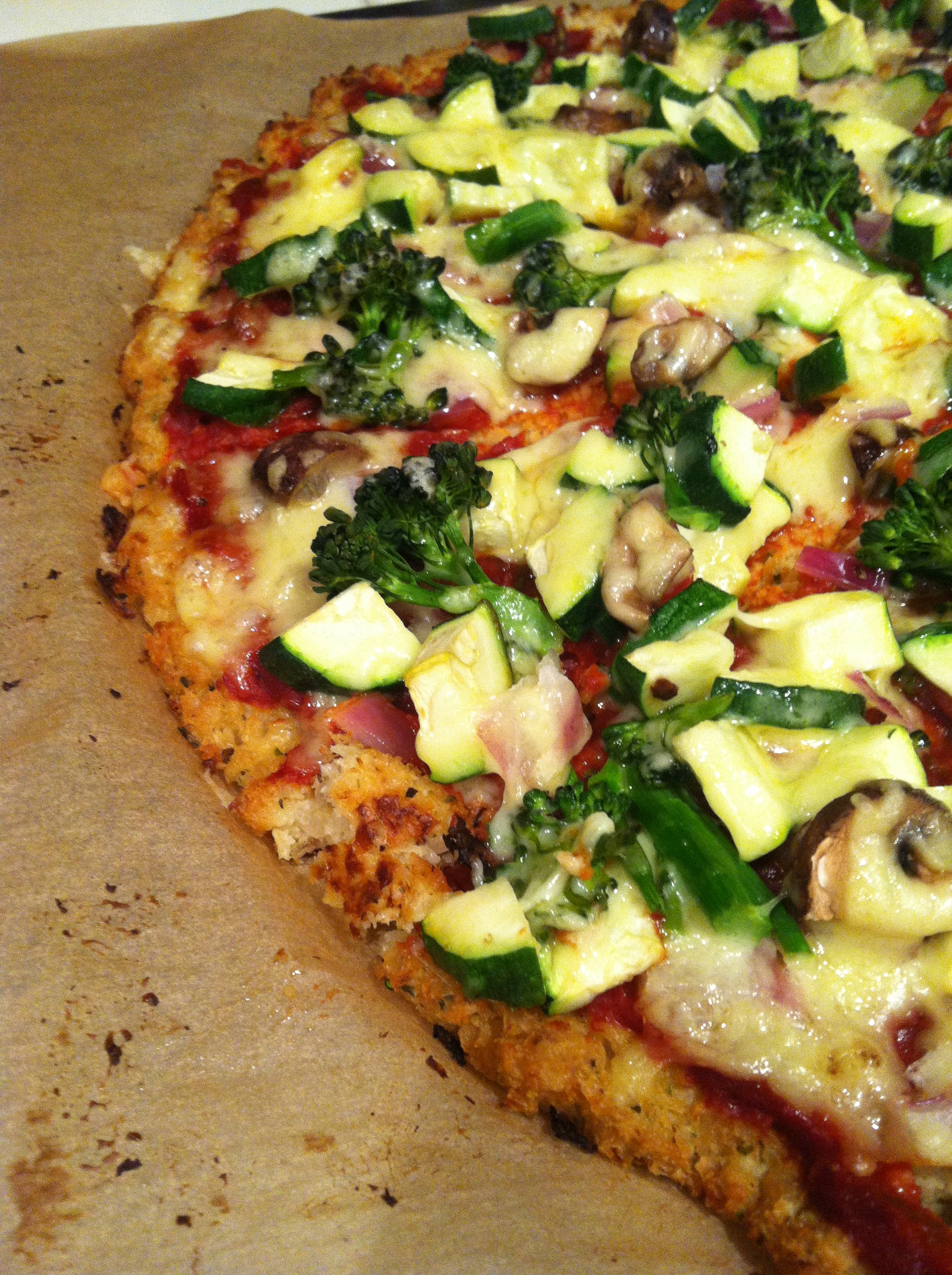 A hot topic in the world of nutrition right now is that of “healthy” whole grains. This is a very interesting debate because like fat, eggs and salt, we have been taught one thing when another is actually true.
A hot topic in the world of nutrition right now is that of “healthy” whole grains. This is a very interesting debate because like fat, eggs and salt, we have been taught one thing when another is actually true.
When I was in my Bachelors program for nutrition, we discussed wheat and other grains a lot and we all had a good understanding that everyone should consume approximately 6 servings of grains (half of them whole) per day. That's easy! Plus, that’s what the government taught us was healthy, so why would be question this!?
Now I have a completely different understanding of wheat and other grains {bulgur, rice, corn, rye, oats, millet, quinoa, etc.} and how they can affect ones health. I no longer recommend “healthy” whole grains as half of my clients (or family and friend’s) diets, but rather, to incorporate an abundance of nutrient dense vegetables as their main carbohydrate source.*
This is something that blows people’s minds, just like when they learn that butter is actually GOOD for them. It is also a very difficult idea for people to grasp because so many of us are so addicted to processed carbohydrates and “healthy” whole grains.
There are many reasons to limit or avoid grains in your diet, but I will only touch on a few. For starters, grains have a significant affect on blood sugar. When you eat grains, even when they’re considered “whole” grain, they flood the blood with glucose {aka sugar}, calling insulin into play. Insulin is a hormone that helps glucose enter the cells to be used as energy. When we consume grains with every meal, day in and day out, we put a heavy burden on the sugar handling organs {the pancreas, liver and adrenal glands}, become resistant to insulin and addicted to sugar. This encourages a wide array of health problems such as weight gain, digestive issues, Diabetes, metabolic syndrome, high blood pressure, and heart disease, to name a few.
Gluten is another problematic aspect of wheat and other gluten containing grains {not all grains contain gluten}. Gluten is one of many complex proteins that make up the structure of gluten-containing grains. Gluten can be very irritating to the digestive tract and many individuals can be/become sensitive, lending a hand to leaky gut, dysbiosis {an imbalance in good and pathogenic gut buggies…to get really sciency on you} and a less than thriving digestive environment. As my clients know and many people are beginning to understand, the health of our digestive tract plays a major role in the function of other body systems and even our overall health.
Phytic acid is also something to consider. Phytic acid is the principal storage form of phosphorus and is found in the hulls of nuts, seeds and grains. Phytic acid has a high affinity for {aka it really likes} important minerals such as iron, zinc, calcium and magnesium. When we eat foods containing phytic acid, these minerals become bound up, making them difficult to digest and ultimately can be passed through the digestive tract unused. Cooking food can reduce phytic acid amounts, but soaking, lacto-fermenation and sprouting are much more effective at neutralizing this anti-nutrient. Therefore, proper preparation of nuts, seeds and grains is very important. A great resource for more info and how-to’s is Nourishing Traditions by Sally Fallon.
Also, consider that most of the grains that are sold in common food items like breads, pasta, muffins, cookies, crackers and so on are highly processed, leaving a nutrient devoid Frankenfood not worth your time!

So, the bottom line is that grains should be limited or even avoided and it is important to properly prepare grains when they are consumed {soaking, sprouting, lacto-fermentation}.
The best part {and the point of this post} is that there are a ton of amazing alternatives to our common grain-containing foods that are simple, totally scrumptious and most importantly, nutrient dense!
Below is a recipe I have wanted to try for a long time, cauliflower pizza crust! It turned out great and I am so excited to share! I looked at quite a few different recipes and kind of put all the aspects that I liked into this recipe. The sauce is adapted from The Gluten-Free Almond Flour Cookbook by Elana Amsterdam. Please, let me know how you like it!
Cauliflower Pizza Crust
For the pizza crust:
- 1 tablespoon coconut oil
- 1 medium sized head of cauliflower
- 1 egg, beaten
- 4 oz soft goat cheese
- 1 teaspoon mixed herbs
- ¼ teaspoon sea salt
For the pizza sauce:
- 6 oz tomato paste
- ¼ cup clean water
- 1 tablespoon herbs de Provence
- 1 teaspoon sea salt
- 3 cloves garlic, minced
- 3 basil leaves, diced
Toppings: whatever you want! For the pizza in the photos, we added broccoli, crimini mushrooms, red onion, zucchini, fresh basil and shredded raw cheese. We also love to add sliced chicken sausage. Feel free to add whatever pizza toppings your family enjoys!
Preheat oven to 400°F.
To make the cauliflower rice, pulse batches of roughly chopped, raw cauliflower in a food processor until you achieve a rice-like consistency.
In a large frying pan, melt coconut oil over medium-heat. Add cauliflower rice and sauté until tender, stirring occasionally, about 6-8 minutes.
In a large bowl, mix egg, cooked cauliflower, goat cheese, herbs and sea salt. I used my hands here to gently incorporate the ingredients.
On a parchment lined baking sheet, place the dough in the center and cover with another sheet of parchment paper. Use a dough roller or your hands to press the dough out to approximately 1/3 inch thick. Remove the top piece of parchment paper, bake for 25-30 minutes or until the crust is firm and golden brown.
While the crust is baking, place all the pizza sauce ingredients in a saucepan; allow to simmer about 15 minutes.
Now, time for the fun part. Spread the pizza sauce evenly across the crust, add your favorite ingredients then top with cheese. Return the pizza to the oven, bake for approximately 10-15 minutes or until chees melts and begins to bubble.
Serve with a fresh green salad and Garlicky Balsamic Vinaigrette! Enjoy!







